To appeal a trial court’s exclusion of evidence, you must make an offer of proof so as to preserve the issue of excluded evidence. The purpose of the proffer is to demonstrate to the appellate court a real error, not an imaginary or speculative one. The failure to make a record of the excluded evidence may constitute a waiver of the issue on appeal. Below is a brief overview of the three ways to make a proffer.
The first, and best way, is to present the actual testimony or document excluded on the record. This requires the witness to answer questions outside the presence of the jury and on the record. Objections are permitted during the questioning, but the witness should be allowed to answer the questions fully so as to create a full record for appellate review. This method allows the reviewing court to evaluate the evidentiary ruling in a full and complete context.
If the excluded evidence is a document, the party seeking to have the document admitted into evidence must ensure the document is part of the trial record. The document should be offered outside the presence of the jury, should be marked for identification with a number and fully described in the record.
The second way is to present the substance of the evidence in a written or oral summary. This method of proffer may be sufficient if there is no doubt what the excluded evidence would have been. Therefore, counsel must state with specificity the anticipated testimony. Generalities regarding the content of the testimony are insufficient. Counsel must be clear on the record that he is making a proffer of the excluded evidence. Counsel must also make clear the purpose and relevance of the proffered evidence. This requires counsel to be aware of the context in which the proffer is being made because counsel may need to add further context in the proffer in order to clearly establish the purpose and relevance of the excluded evidence.
The final way, although specifically included in the evidence code, is not really a proffer and is not recommended. Section 90.104 permits the appellate court to reverse the trial court’s ruling where the substance of the excluded evidence is clear from the context and the questions asked. However, there exists a murky line between instances in which the appellate court found the questions to be sufficient to avoid the need for a proffer and those in which the appellate court found the questions insufficient. The better practice is to proffer the evidence in one of the two ways discussed above.
